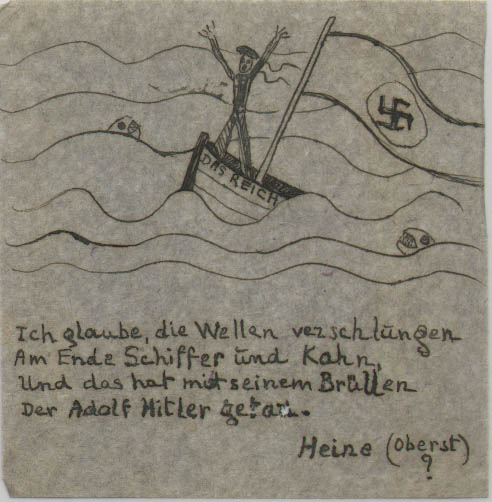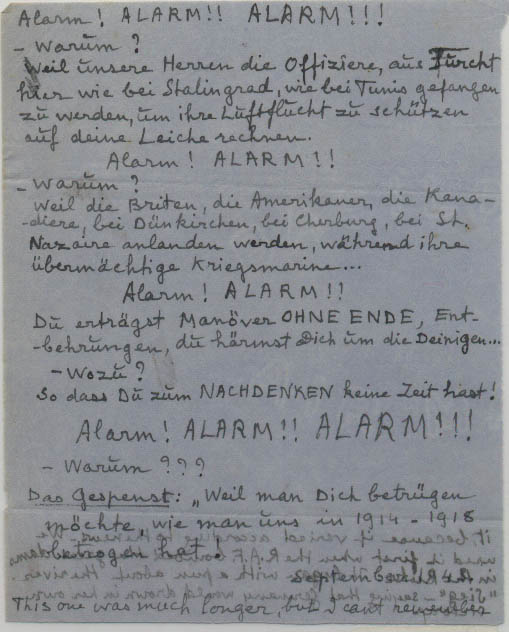There are a lot of family connections between Jersey, Normandy, and Brittany. These connections date back many centuries, and the geographical proximity of Jersey to France has, and continues, to encourage a closely linked shared heritage.
This geographical proximity has been illustrated in various Norman and Jersey legends such as the legend of the plank.
A tradition recounted in the Middle Ages claimed the bishop of Coutances, in Normandy, used to visit Jersey, which was part of his diocese, by crossing a makeshift wooden bridge. The island and the coast of Normandy were so close that it was told we could see the spires of Coutances cathedral from Montorgueil castle.
Over time, researchers in geology studying the veracity of this legend, acknowledged that the legend may be true but not with certainty as frequent earthquakes have potentially modified the landform between Jersey and Normandy, preventing the validation of the hypothesis.
Other fascinating legends which link Normandy to Jersey can be read on the Jersey Heritage website.
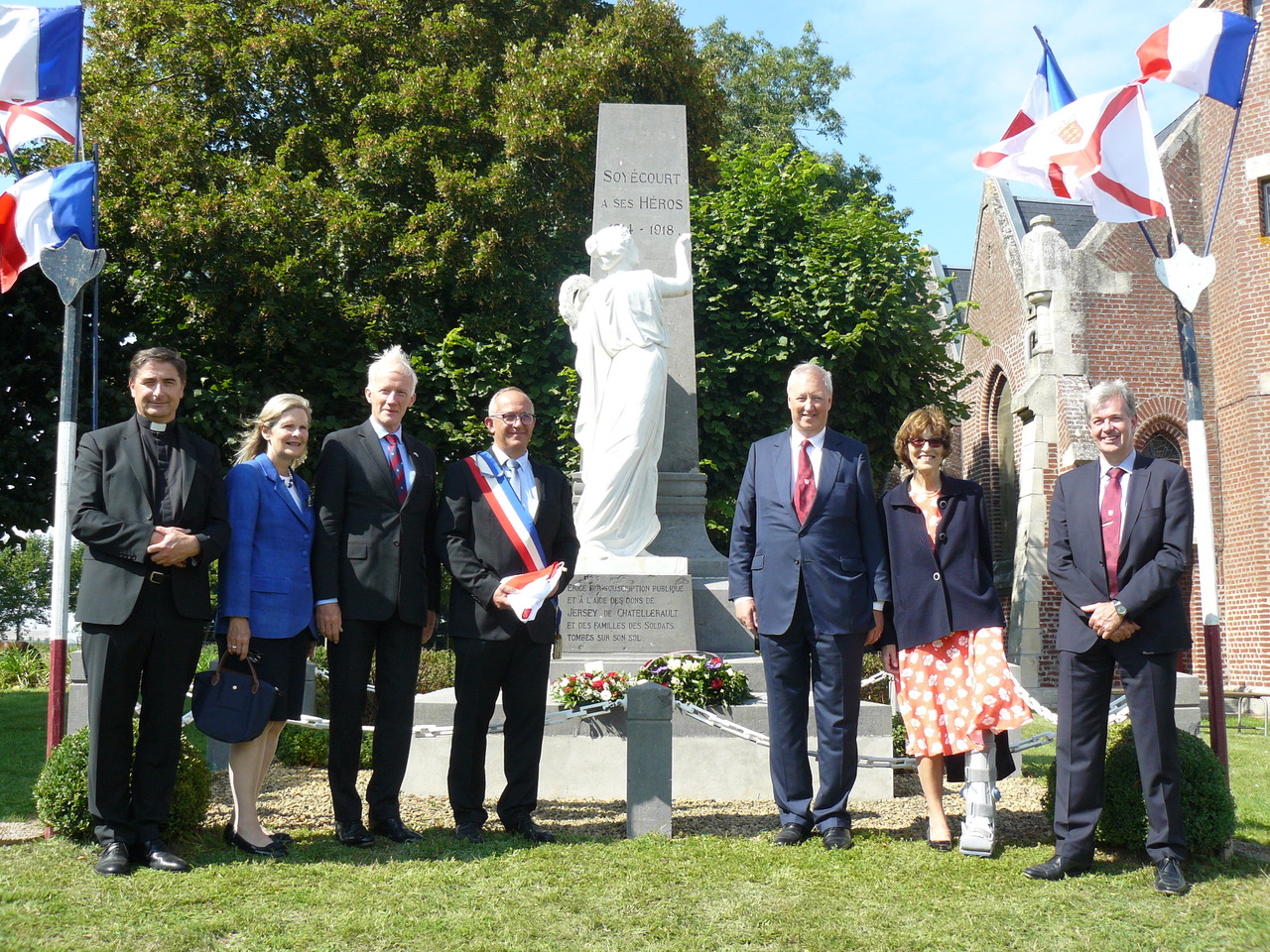
The Battle of the Guillemont
During the First World War, numerous Jersey soldiers engaged in the fighting in France.
In March 1915, a group of Jerseymen left Jersey for Ireland to train before heading to France in December, forming part of the Royal Irish Rifles.
Known as the ‘Jersey Pals’, they fought in the deadliest battles of the Great War, including the Battle of the Somme and the Battle of Ypres.
In 2016, under the initiative of the Bailiff of Jersey, a Jersey monument was inaugurated to commemorate the actions of the Jersey Contingent in the Battle of Guillemont, which took place in September 1916.
The monument consists of two parts. The first – a human-sized piece of Jersey granite – stands at the battle site in France [pictured above]. The second is a small, heart-sized piece cut from the monument in France, which is on display in the entrance of Jersey Royal Court. Taken together, the two pieces represent the young Jersey men whose hearts remain in their homeland, but their bodies lay in the fields of France, the place of their last fight.
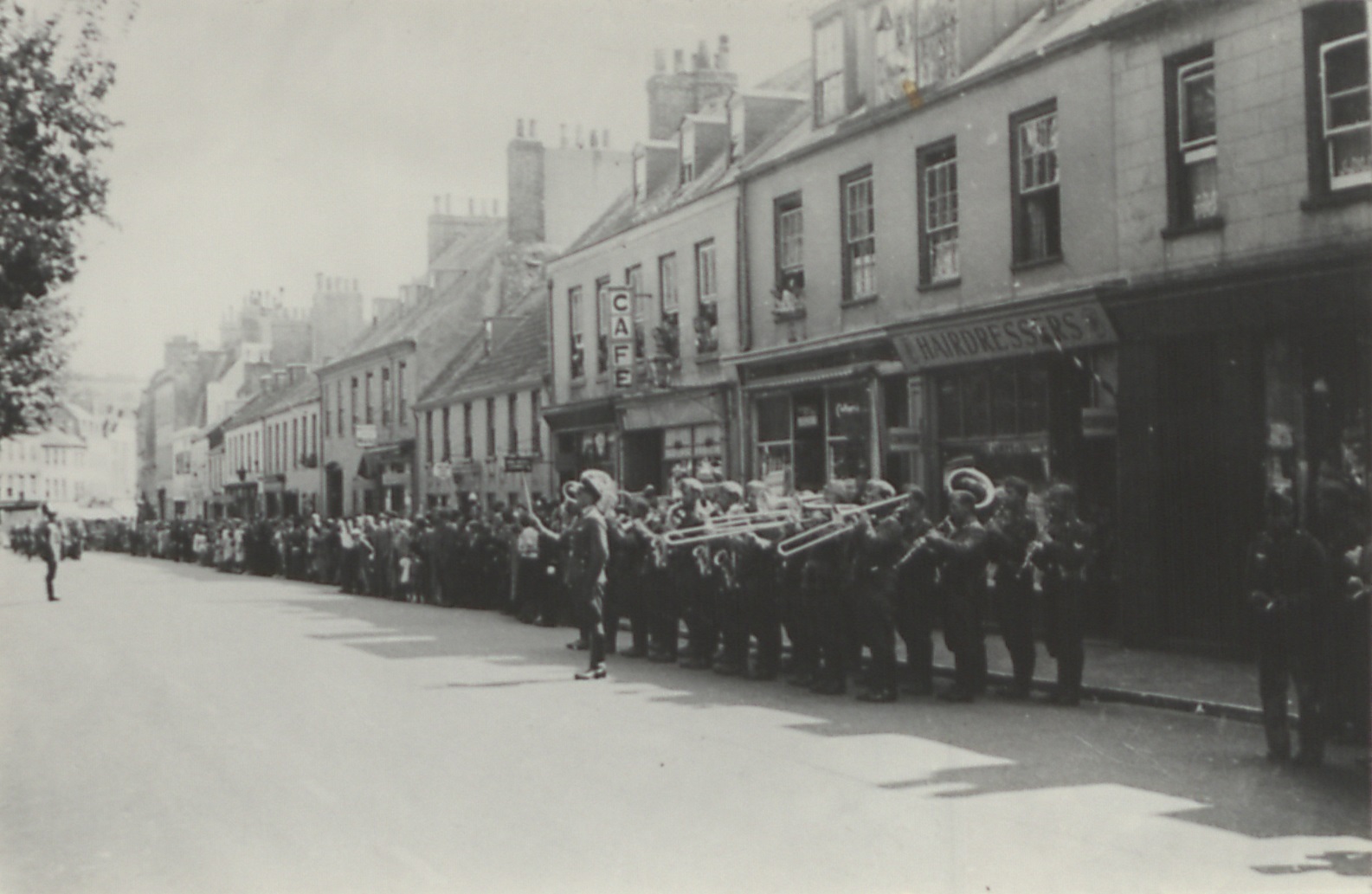
German Occupation
Jersey and France also share a more recent event of modern history: living under German occupation during the Second World War.
The Channel Islands were the only part of the British Isles to be invaded by German forces during the conflict. Following the German blitzkrieg of Western Europe in the Spring of 1940, the Channel Islands fell under German occupation on 30 June 1940.
Even with the successful Normandy Landings in June 1944, and the gradual liberation of Western Europe that followed, the Channel Islands remained under German occupation (although they were hearing/seeing from a distance the bombing following by liberation in Normandy) until their eventual liberation on 9 May 1945, one day after the end of the war in Europe.
During the last year of the Occupation, and particularly during the winter of 1944-45, the Island and its inhabitants came very close to starvation. Individuals tried desperately, and often unsuccessfully, to import food from French ports like Granville in Normandy; it was the arrival of the Red Cross vessel, SS Vega, in January 1945 that successfully averted a human catastrophe.
In both Jersey and France, the German occupation left its marks, as evidenced by the various remains of the Atlantic Wall that can be observed in both territories. Jersey’s coast remains littered with bunkers, observation posts, artillery positions and networks of trenches. The Island also has a large underground hospital, built by slave labour from Eastern Europe and North Africa, that is now a prominent tourist attraction.
These sites have raised a lot of interest more recently from an artistic point of view and became a source of inspiration to younger generation to forward Peace messages across.
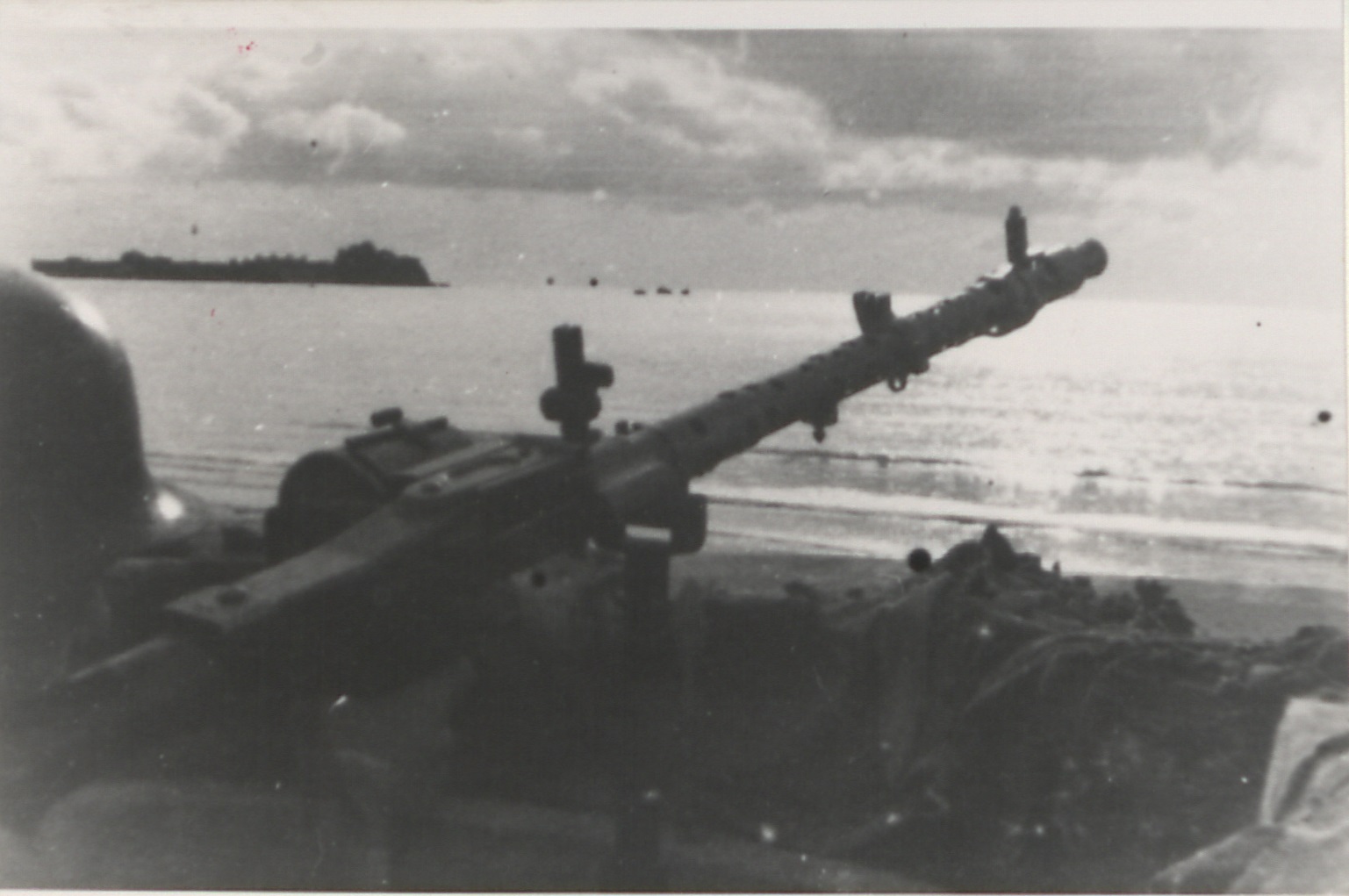
Resistance
Resistance also played a major role under the occupation.
Although it was considerably more difficult, and dangerous, for Islanders to implement acts of resistance – largely due to the insularity of being on an island - passive resistance was still active during the occupation.
One figurehead of this passive resistance was the French artist Claude Cahun, who published anti-Nazi leaflets in German aimed at German soldiers under the name “the unnamed soldier”.
Her activities were discovered by the German forces, and she was imprisoned with her companion in 1944 until the liberation of the Island in 1945. Around 2,300 Islanders were deported to concentration camps in Germany. These convoys most of the time transited to the Caen prison (in Normandy) where German forces registered Channel Islanders to then be transferred to Germany.
Again, these actions of passive resistance were often told in many books (Paper bullets, The Girl from the Channel Islands, etc.) and films (Another mother’s son, etc.) to demonstrate how difficult the life on the island must have been at the time.
Although most men remained on the island, resistance also took the form of volunteering to take part in the fighting in France. During the war, a small group of young Jersey men volunteered to enroll in the British army and participated to the landings in Normandy in June 1944. France acknowledged their service and honored them with the Légion d’Honneur, the highest order of merit.
